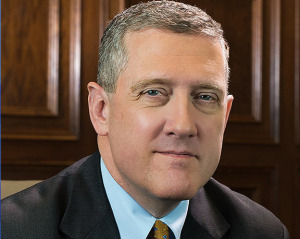U.S. consumer confidence jumps to a two-year high as inflation eases
Tumbling inflation and sturdy hiring have raised hopes the Fed just might pull off a so-called soft landing—slowing the economy just enough to tame inflation without tipping the United States into recession.








